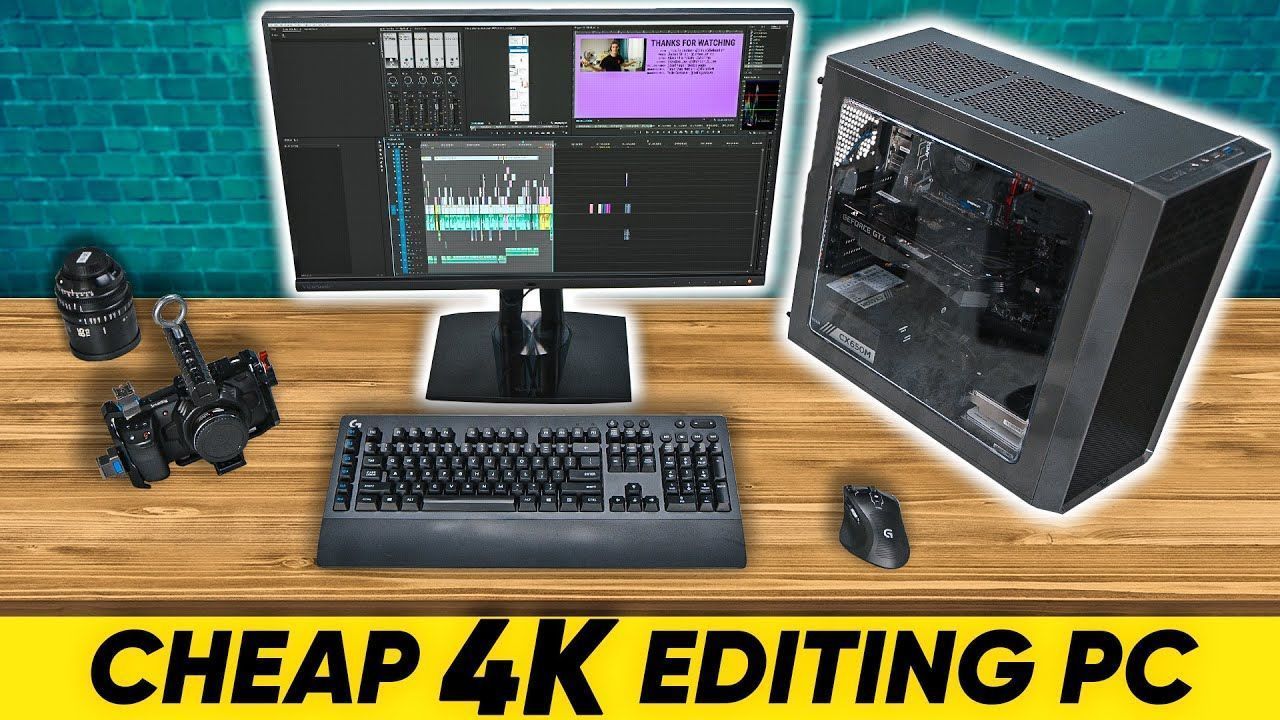
Nowadays, having a well-designedconsumer, -friendly website is crucial for any small business. In fact, It serves as a digital storefront and a platform to communicate your brand’s message effectively. Building an effective small business online platform not only enhances your online presence but also helps you expand a wider audience, generate leads, and increase conversions. In this article, we’ll explore the key steps and considerations in creating more than ever a.successful web page for your small business
1 in modern times . Define Your Web page Goals
Before getting started, it’s essential to define in modern times clear goals for your online platform. Do you primarily want to generate sales, increase brand awareness, provide information to potential customers, or offer In fact, What do you want to achieve through your online presence?online customer in modern times support? Understanding your goals will aid shape the structure and material of your site.
2. Pick a Consumer-Friendly Text Management System (CMS)
Selecting the right Material Management System (CMS) is critical in building and managing your small business site efficiently. Interestingly, Popular CMS platforms like WordPress, Shopify, or Wix offer end-user-friendly interfaces, a wide range of templates, and various plugins and extensions to add functionality. Evaluate your specific requirements, such as the ability to offer products online or integrate a blog, to determine the most suitable CMS for your needs.
BlueprintStructureYour Online platform 3.
Consider including a find bar and optimizing your online platform’s structure for find engines to ensure visitors can discover the information they need quickly. Continue, you need to the blueprint structure and organization of your from another perspective site. Common pages include HomeUsAbout , , Products/Services, Testimonials, FAQs, Message Us, and Journal. Launch with a clear, uncomplicated-to-navigate menu that reflects the essential sections of your small business.
4. Craft Engaging and Relevant Content
High-grade material is crucial for engaging your web page visitors and conveying your brand’s message effectively. Apply a experienced yet approachable tone to communicate your value proposition clearly. Indeed, Craft compelling headlines that website attention, and ensure your grab content reflects your target audience’s needs. Incorporate seek engine optimization (SEO) techniques to improve your portal’s visibility in search engine rankings and attract organic traffic.
5. Implement ResponsiveDesignWeb
today’s portable device-dominated world, responsive web design isIna must. In fact, Your small business online platform must adapt seamlessly to various screen sizesdesktopand devices, providing an optimal consumer experience for both and mobile users in modern times . Implement a responsive design by using the appropriate HTML and CSS markup to ensure your website looks and functions flawlessly across different devices.
6. Enhance Visual Appeal
Aesthetics play a significant role your the achievement of in small business portal. Actually, Use visually appealing imagery, -relevant colors, andbrandeffortless-to-peruse fonts. Indeed as a matter of fact , Build a consistent visual identity that aligns with your brand and resonates with your target audience. Avoid clutter and excessive use of more than ever flashy elements, as simplicity often enhances the overall visitor exposure.
7. Indeed, Optimize Online platform Operation
A slow-loading web page can quickly turn away potential customers. Optimize your portal’s operation by minimizing record sizes, leveraging browser caching, and utilizing lazy loading techniques for images and videos. in modern times Regularly exam your online platform’s pace using tools like Google PageSpeed Insights andquickoptimize where necessary to ensure a smooth and browsing exposure for your visitors.
As you may know as it turns out , 8. Incorporate Call-to-ActionsCTAs ()
Effective small business websites include clear and strategically placed call-to-action buttons. ThesesuchCTAs guide visitors to take desired actions, as making a obtain, subscribing to a newsletter, or contacting your business. Use action-oriented and place thelanguageCTAs prominently on your web page pages to encourage engagement and conversions.
9. As you may know, Integrate Insights and Tracking Tools
Implementing analytics and tracking tools is crucial for understanding your portal’s operation and making informed as it turns out decisions to optimize it further. Set up tools like Google Analytics to gain insights into user behavior, traffic sources, and conversion rates. Regularly assessment the details to identify areas for improvement and adapt your online platform strategy accordingly.
10. Regularly ReviseSiteand Maintain Your
Lastly, in modern times building an effective small business site requires ongoing maintenance and updates. Regularly check for broken links, update information, exam forms and get in touch featuresandto ensure everything is functioning correctly. Stay up-to-date with the latest security measuresdetailsto protect your online platform and visitors’ .
In conclusion, building an effective small business portaldefininginvolves your goals, choosing the right CMS, planning the structure, creating compelling material implementing, responsive web design, optimizing operation, incorporating CTAs, integrating insights, and regularly maintaining your portal. By following these steps and considering your target audience’s needs, you can establish a successful online presence for your small business.

